
Best Dive Sites in Key West with SNUBA® Diving, Explore The Florida Coral, Florida Reefs, Shipwrecks and Sandbar Trips
Explore the Florida Keys with
SNUBA® Key West
What a treat it is to live and work on a tropical island! There are, of course, days when weather fails to cooperate with our adventure-seeking guests. One great thing about an island is that, no matter where the wind is coming from, there is always a dive site or two that is sheltered by the island itself – protected from the wind! We have more than a dozen different dive sites that we frequently visit, many of which are located within the National Marine Sanctuary! Marine life found within these boundaries are subject to the same Federal legal protection given to endangered species, so the variety of marine life is vast and abundant! The one big rule inside the Sanctuary, however, is no touching!
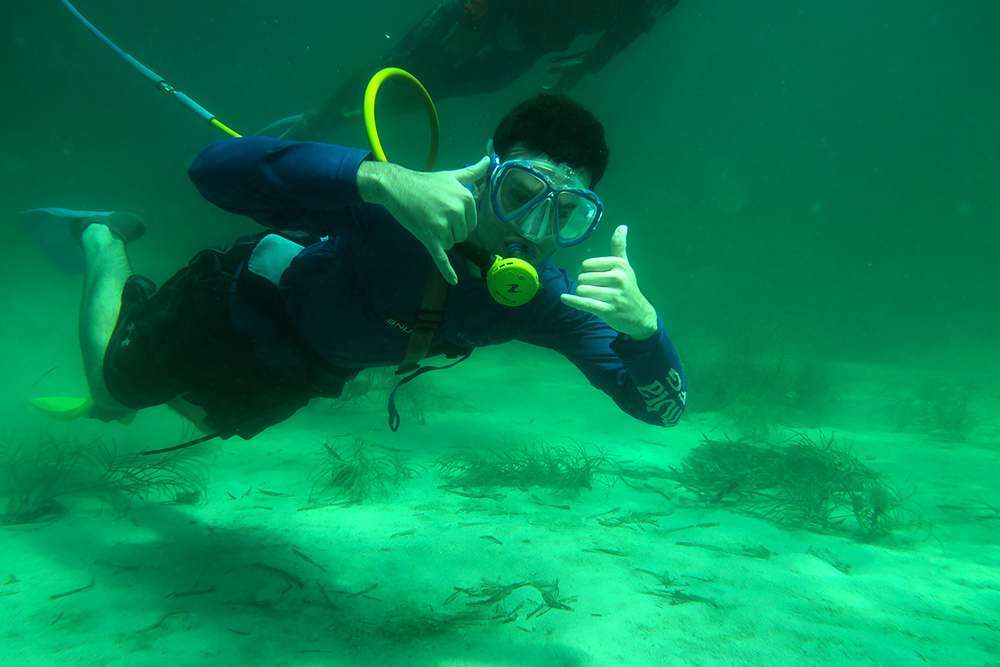
Destinations
Archer Key
Maximum Depth: 10-14 feet
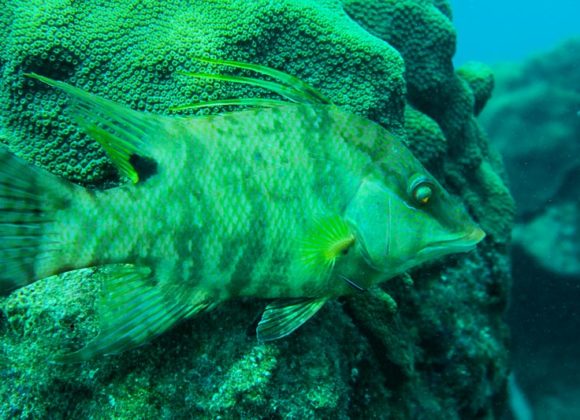 Archer Key is one of the Mule Keys located west of Key West. A beautiful area home to some of the lushest sponge gardens in the Keys. Many tropical fish species, eels, and lobster call Archer Key home.
Archer Key is one of the Mule Keys located west of Key West. A beautiful area home to some of the lushest sponge gardens in the Keys. Many tropical fish species, eels, and lobster call Archer Key home.
Casa Rocks
Maximum Depth: 10-14 feet
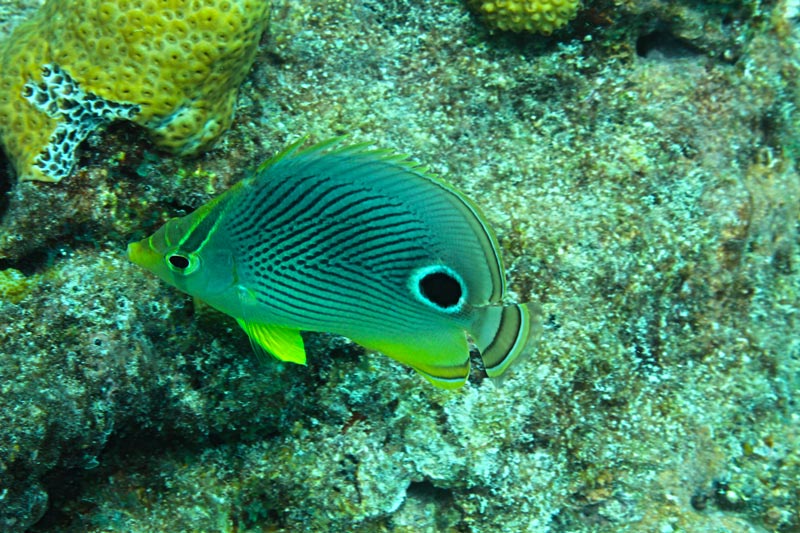 Located off the beach of Key West’s most beautiful resort Casa Marina, Casa Rocks is a favorite dive site for both locals and tourists alike. Large coral formations surrounded by sea fans and lush sponges make Casa Rocks a perfect home for a wide variety of beautiful tropical fish. Often seen are angel fish, blue tang, lobster, puffer fish, and even octopus!
Located off the beach of Key West’s most beautiful resort Casa Marina, Casa Rocks is a favorite dive site for both locals and tourists alike. Large coral formations surrounded by sea fans and lush sponges make Casa Rocks a perfect home for a wide variety of beautiful tropical fish. Often seen are angel fish, blue tang, lobster, puffer fish, and even octopus!
Cottrell Key
Maximum Depth: 10-14 feet
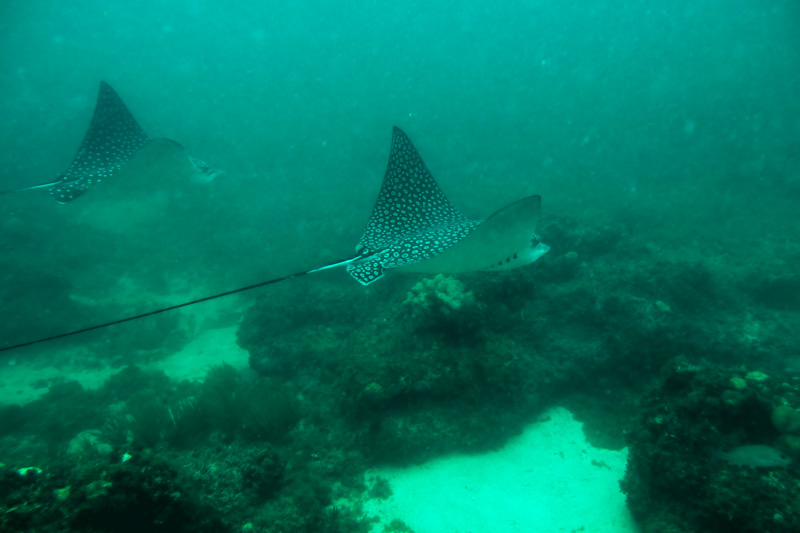 The northernmost of the Mule Keys, Cottrell is a popular destination for all ocean lovers. This key was named after Captain Jeremiah Cottrell who was the captain of a lightship anchored here in the early 19th century. A nice mix of sponge and sand areas where tropical fish, rays, and turtles tend to make appearances!
The northernmost of the Mule Keys, Cottrell is a popular destination for all ocean lovers. This key was named after Captain Jeremiah Cottrell who was the captain of a lightship anchored here in the early 19th century. A nice mix of sponge and sand areas where tropical fish, rays, and turtles tend to make appearances!
Crawfish Basin
Maximum Depth: 12-16 feet
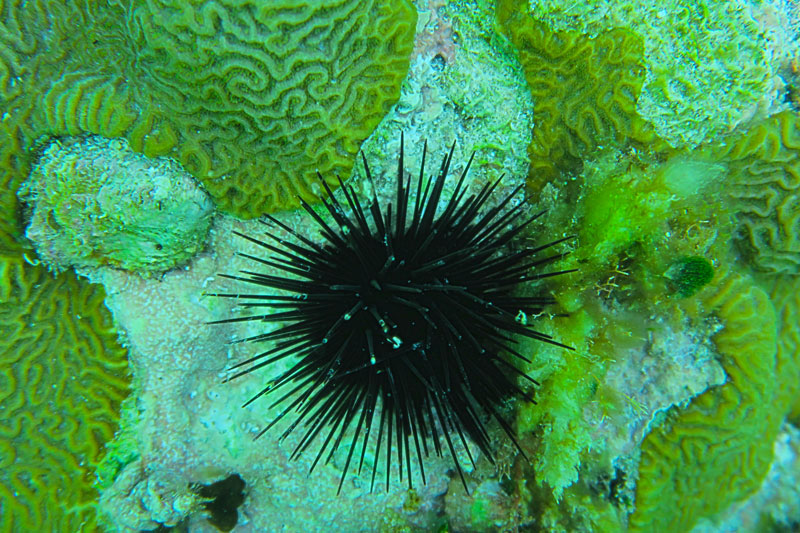 Crawfish Basin is a member of the Mule Keys due south of Archer Key. Home to many tropical fish species as well as beautiful brain and lettuce coral.
Crawfish Basin is a member of the Mule Keys due south of Archer Key. Home to many tropical fish species as well as beautiful brain and lettuce coral.
Eastern Dry Rocks
Maximum Depth: 18-25 feet
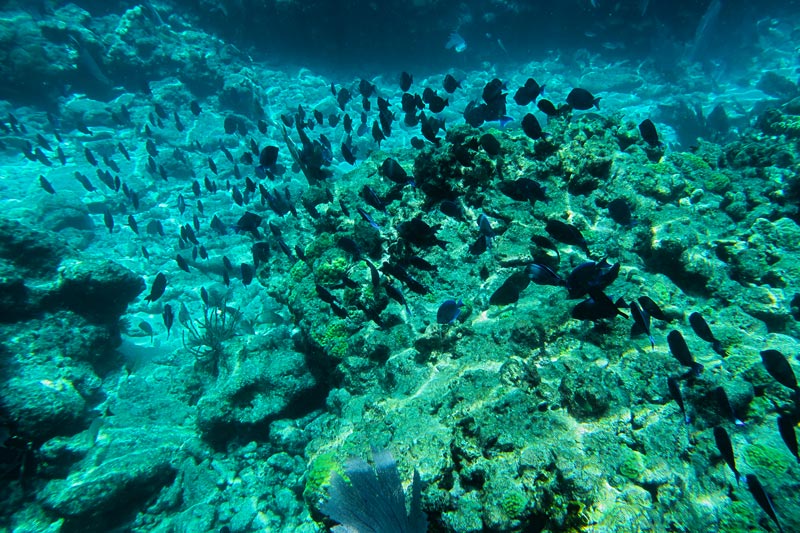 Eastern Dry Rocks (EDR) is a beautiful coral reef located south of Key West in our Sanctuary Preservation Area (SPA). Eastern Dry Rocks is typical of most reef formations in the area, with a rubble zone and long fingers of coral with sand and coral-filled canyons. EDR is home to a wide variety of marine life native to the Keys.
Eastern Dry Rocks (EDR) is a beautiful coral reef located south of Key West in our Sanctuary Preservation Area (SPA). Eastern Dry Rocks is typical of most reef formations in the area, with a rubble zone and long fingers of coral with sand and coral-filled canyons. EDR is home to a wide variety of marine life native to the Keys.
Man Key
Maximum Depth: 16-23 feet
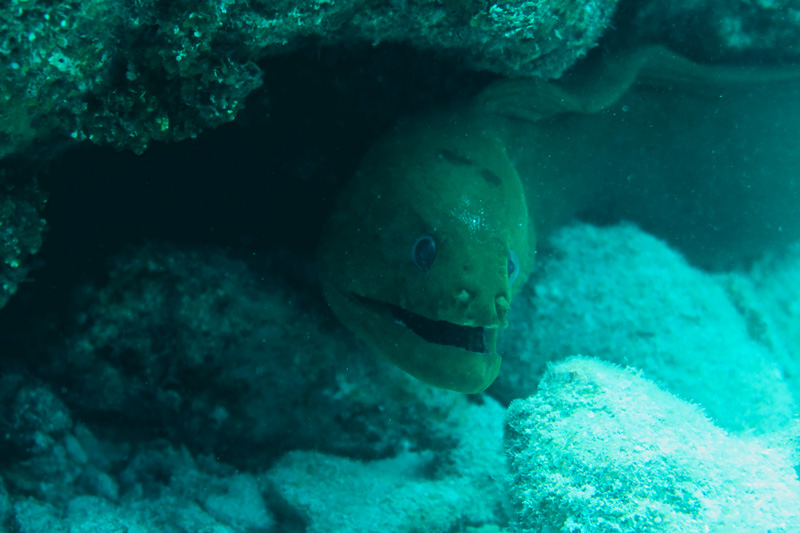 Southern most of the Mule Keys, Man Key is always a favorite destination for crew and guests alike. Large groups of various coral and sponge species clump together to give Man Key its allure due to its vivid color and texture. This key is home to a variety of tropical fish, turtles, and rays
Southern most of the Mule Keys, Man Key is always a favorite destination for crew and guests alike. Large groups of various coral and sponge species clump together to give Man Key its allure due to its vivid color and texture. This key is home to a variety of tropical fish, turtles, and rays
Rock Key
Maximum Depth: 18-35 feet
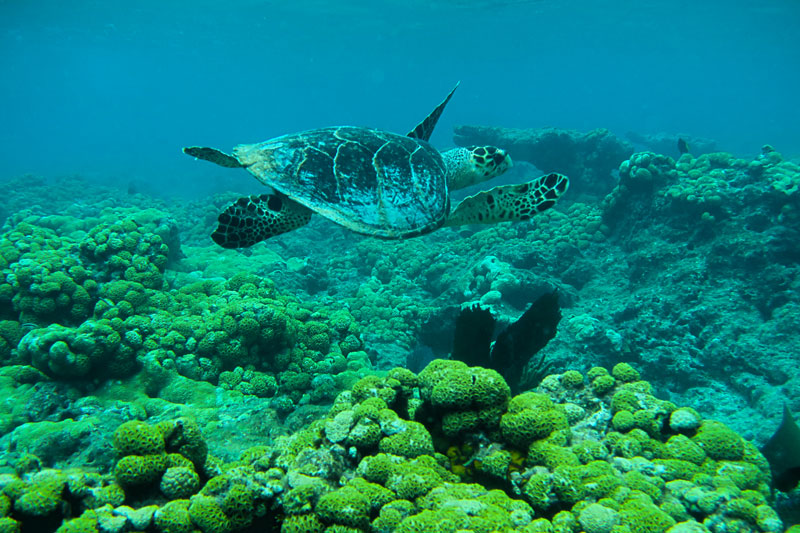 Rock Key Sanctuary Preservation Area (SPA) contains a concentration of important bank reef habitats within a small area and ranges in depth from 5 to 35 feet. This key is a beautiful area composed of long fingers of coral with sand and coral-filled canyons home to a wide variety of marine life native to the Keys. Ask our Captain about the “Stargazer” site as a bonus!
Rock Key Sanctuary Preservation Area (SPA) contains a concentration of important bank reef habitats within a small area and ranges in depth from 5 to 35 feet. This key is a beautiful area composed of long fingers of coral with sand and coral-filled canyons home to a wide variety of marine life native to the Keys. Ask our Captain about the “Stargazer” site as a bonus!
Sand Key
Maximum Depth: 18-25 feet
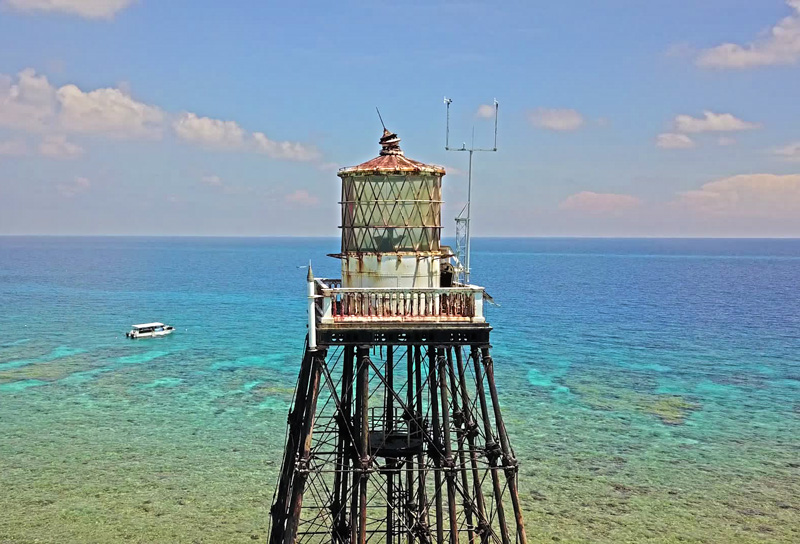 Just a few miles west of Key West, Sand Key Sanctuary Preservation Area (SPA) is marked by an old red iron lighthouse that was completed in 1853. Composed of ridges of coral 5 to 25 feet deep with grooves of sandy bottom between cliff-like structures, this location is home to a wide variety of marine life.
Just a few miles west of Key West, Sand Key Sanctuary Preservation Area (SPA) is marked by an old red iron lighthouse that was completed in 1853. Composed of ridges of coral 5 to 25 feet deep with grooves of sandy bottom between cliff-like structures, this location is home to a wide variety of marine life.
Sigsbee Ledge
Maximum Depth: 10-16 Feet
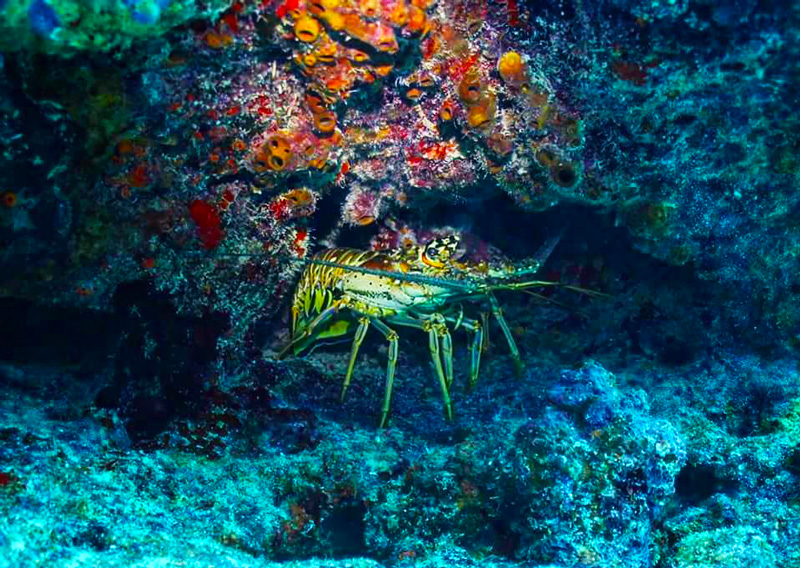 Sigsbee Ledge, also known as Dredgers Key, is an island about a half mile north of Key West. The ledge was created in the 1940s from dredge spoil following the construction of Navy seaplane runways during WWII. This is a beautiful wall dive home to various sponge, lobster, and tropical fish species.
Sigsbee Ledge, also known as Dredgers Key, is an island about a half mile north of Key West. The ledge was created in the 1940s from dredge spoil following the construction of Navy seaplane runways during WWII. This is a beautiful wall dive home to various sponge, lobster, and tropical fish species.
Western Sambo
Maximum Depth: 18-25 feet
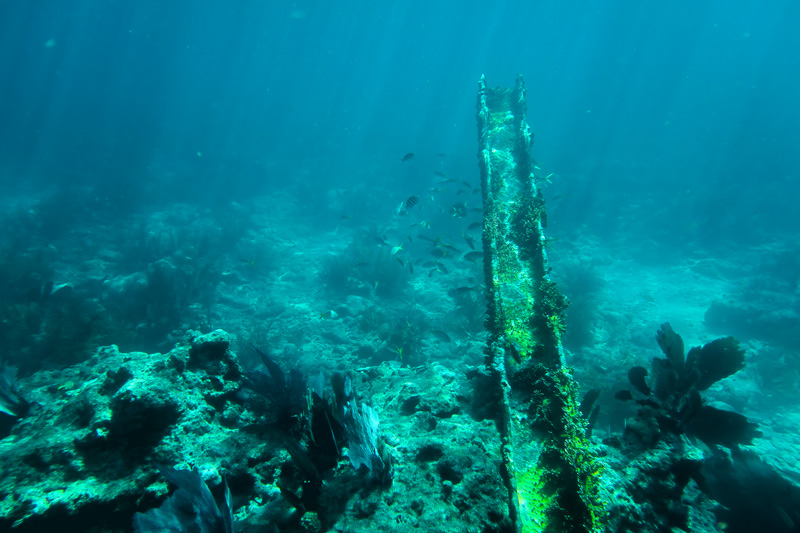 The Western Sambo Ecological Reserve contains the greatest habitat diversity in the lower Keys. Western Sambo has one of the last remaining stands of living elkhorn coral in the Lower Keys which will surely take your breath away. Anemones, crabs, starfish, sea cucumbers, sand dollars, sea urchins, as well as many tropical fish species are all found within this area.
The Western Sambo Ecological Reserve contains the greatest habitat diversity in the lower Keys. Western Sambo has one of the last remaining stands of living elkhorn coral in the Lower Keys which will surely take your breath away. Anemones, crabs, starfish, sea cucumbers, sand dollars, sea urchins, as well as many tropical fish species are all found within this area.
LET’S SET SAIL!
BOOK YOUR NEXT ADVENTURE TODAY



